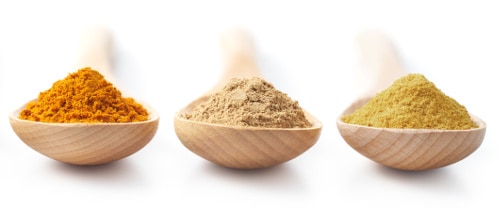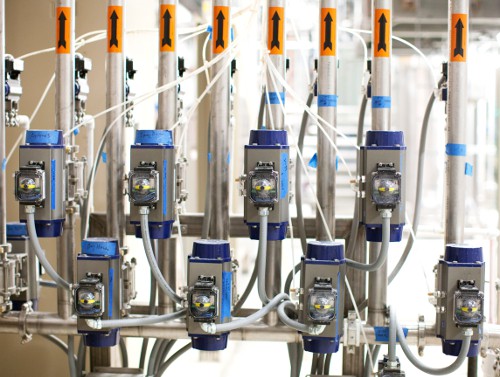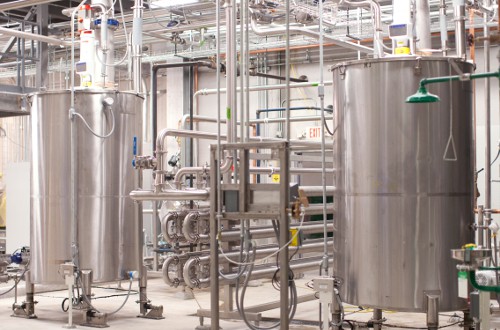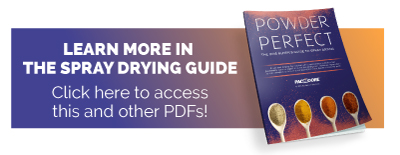How Spray Dryers Work

You may already know the basics of spray drying and how it works, but there are numerous facets to this complex process. What are the stages of spray drying? What kind of equipment can be used for product development, pilot trials, and full production? While the fundamental purpose of spray drying is to convert a liquid to a powder, here are some of the intricacies that make spray drying so unique.
Anatomy of a Spray Dryer
 Many different types of spray dryers exist, each with unique features designed to meet a variety of spray drying needs. Spray drying can be used on food products (i.e. starch, rice protein, corn syrup, molasses, honey, dairy), chemicals, and pharmaceuticals. The basic parts of a dryer include: feed pump, atomizer or nozzles, air heater, air disperser, drying chamber, powder recovery systems, and process control systems.
Many different types of spray dryers exist, each with unique features designed to meet a variety of spray drying needs. Spray drying can be used on food products (i.e. starch, rice protein, corn syrup, molasses, honey, dairy), chemicals, and pharmaceuticals. The basic parts of a dryer include: feed pump, atomizer or nozzles, air heater, air disperser, drying chamber, powder recovery systems, and process control systems.
The Stages of Spray Drying
The spray drying process begins with a liquid feed. Chemical reactions and processes can be completed prior to drying in a reaction tank. This is where the liquid product is prepared to be dried.
Next up is atomization of that liquid. A nozzle or rotary atomizer converts the liquid feed stock into small liquid droplets via rotation or pressure. Here many of the desired qualities for the final product such as particle size and viscosity are honed in.
The drying process is next. As the atomized droplets fall the entire length of the dryer, hot air is blown vertically into the system and used to dry the particles. The air is much hotter than the temperature experienced by the product as the exposure time is quite small. Final moisture of the powder is controlled by fine-tuning the temperature of that hot air. By the time the particles reach the bottom of the tank, you are left with a low-moisture powder.
The recovery process takes just a few seconds and is accomplished via a bag filter or cyclone.
Why Choose PacMoore
 At PacMoore, we have both full-scale and pilot-sized spray drying equipment available, as well as many years of expertise. Both dryers are installed at the same site, allowing for easy scale-up as your product volume grows.
At PacMoore, we have both full-scale and pilot-sized spray drying equipment available, as well as many years of expertise. Both dryers are installed at the same site, allowing for easy scale-up as your product volume grows.
PacMoore’s small-scale pilot spray dryer is a Niro Fluidized Spray Dryer (FSD™) 4.0. It has an evaporative load of 50 to 100 pounds per hour. Another option for product development is to work with Purdue University and access their excellent bench top spray dryer. If it’s full scale spray drying you need, PacMoore offers a GEA spray dryer with up to 3,000 pounds per hour water evaporation at 500 degrees Fahrenheit. Learn more about our spray dryers’ technical specifications here.
PacMoore’s three key locations combined provide contract manufacturing solutions in spray drying, extrusion, blending, bulk options, re-packaging, consumer packaging, toll and turnkey processing.
Submit your project details on our contact page today to find how we can help you!
This blog has been revised and updated on 6/28/16, 8/1/18, and 10/19/20 after its original publish date of 8/27/2012.
Share this on Facebook, Twitter, LinkedIn, Google Plus, or email to a friend.
Click below to share:





